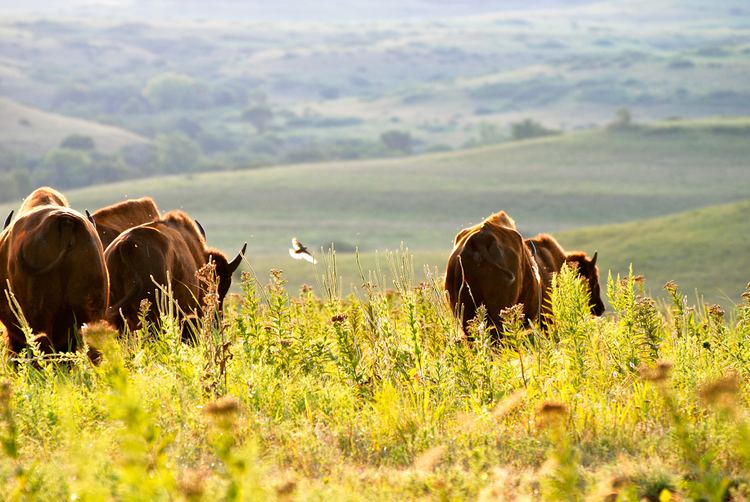Elevation 330 m | Area 34.9 km² | |
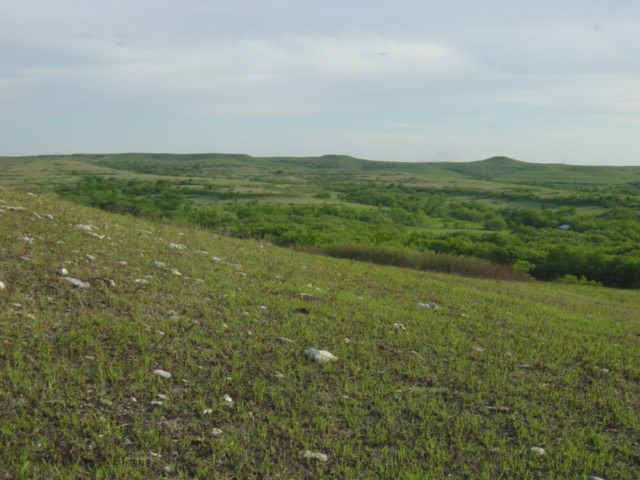 | ||
Biome Temperate grasslands, savannas, and shrublands Similar Flint Hills Discovery Center, Tuttle Creek Lake, Sunset Zoo, Marianna Kistler Beach M, Tallgrass Prairie Preserve | ||
Konza prairie biological station
The Konza Prairie Biological Station is a 3,487-hectare (8,616 acre, 13.5 sq mi) preserve of native tallgrass prairie in the Flint Hills of northeastern Kansas. It is located south of Manhattan, Kansas and its southern boundary parallels Interstate 70. A scenic overlook exists on the preserve's eastern boundary along K-177.
Contents
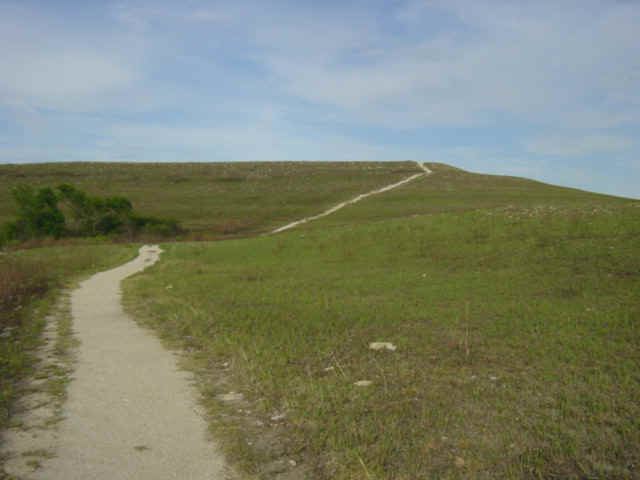
The Konza Prairie is owned by The Nature Conservancy and Kansas State University, and is operated as a field research station by the university's Division of Biology. It is one of 26 sites within the Long Term Ecological Research Network.
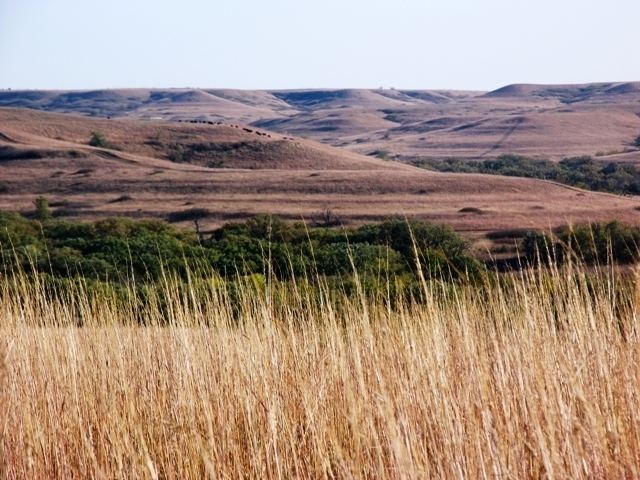
It has a continental climate characterized by warm, wet summers and dry, cold winters. Average annual precipitation (32.9 in, 835 mm) is sufficient to support woodland or savanna vegetation; consequently, drought, fire and grazing are important in maintaining this grassland. The site is topographically complex with an elevation range from 1050 to 1457 ft (320 to 444 m). In addition to the dominant tallgrass prairie, Konza contains forest, claypan, shrub and riparian communities. Limestone outcrops are found throughout the landscape.
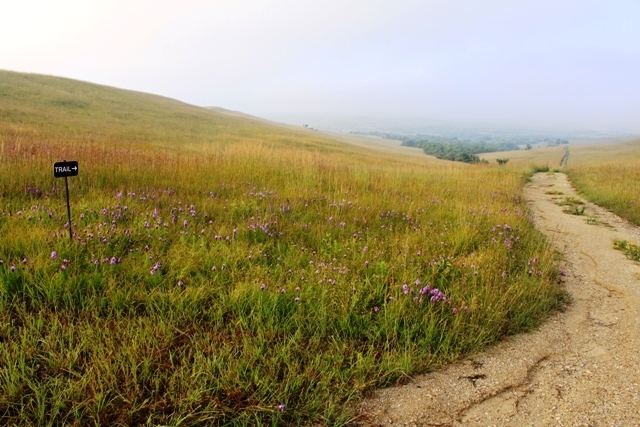
Konza Prairie is located within the largest remaining area of unplowed tallgrass prairie in North America, the Flint Hills. Konza supports a diverse mix of species including 576 vascular plants, 31 mammals, 208 bird species, 34 types of reptiles and amphibians, 20 kinds of fish, and over 700 types of invertebrates. A herd of approximately 300 bison is maintained on the Konza, and native white-tailed deer and wild turkey are often present in large numbers.
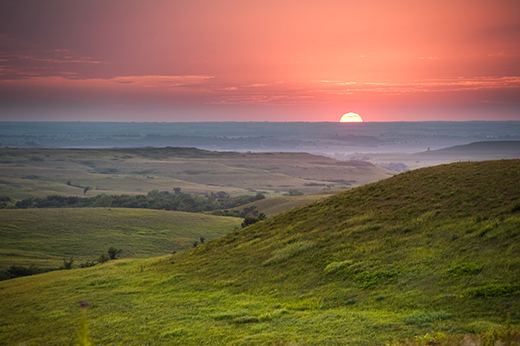
Members of the public are allowed onto portions of the Konza Prairie through three loop hiking trails (approximately 2.6, 4.5, and 6 miles). The rest of the preserve is available for educational tours.
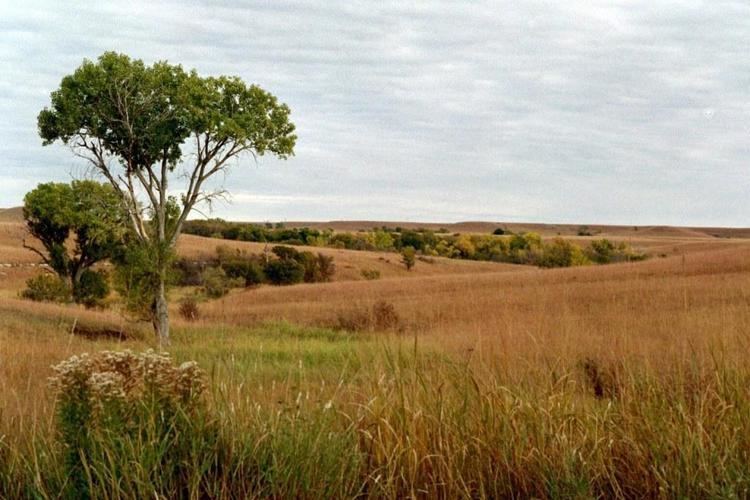
Konza prairie biological station created using arcscene
